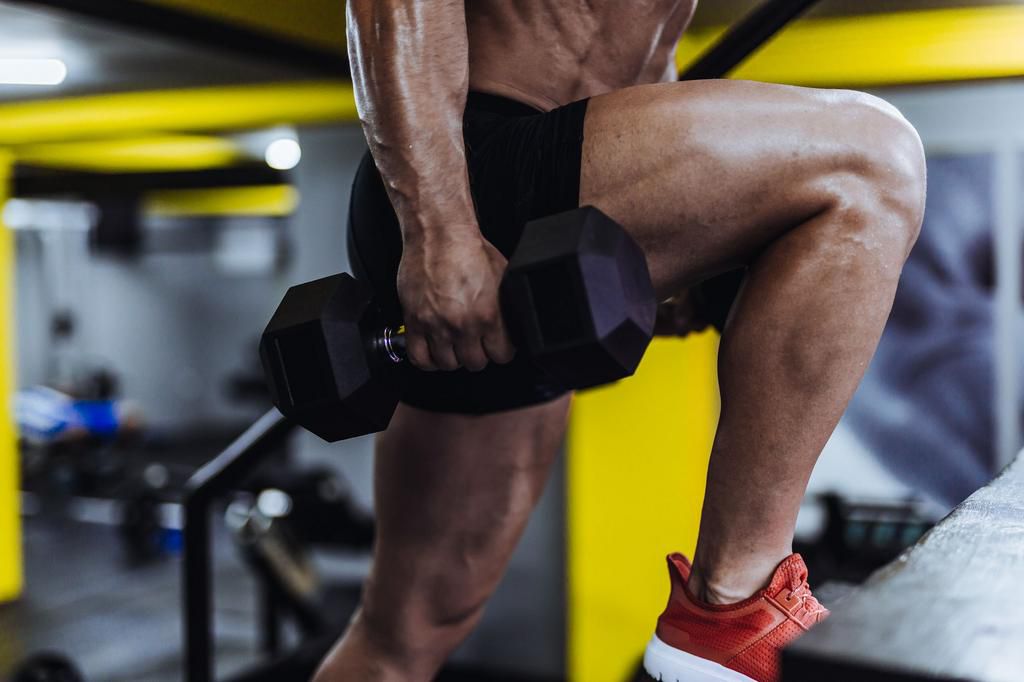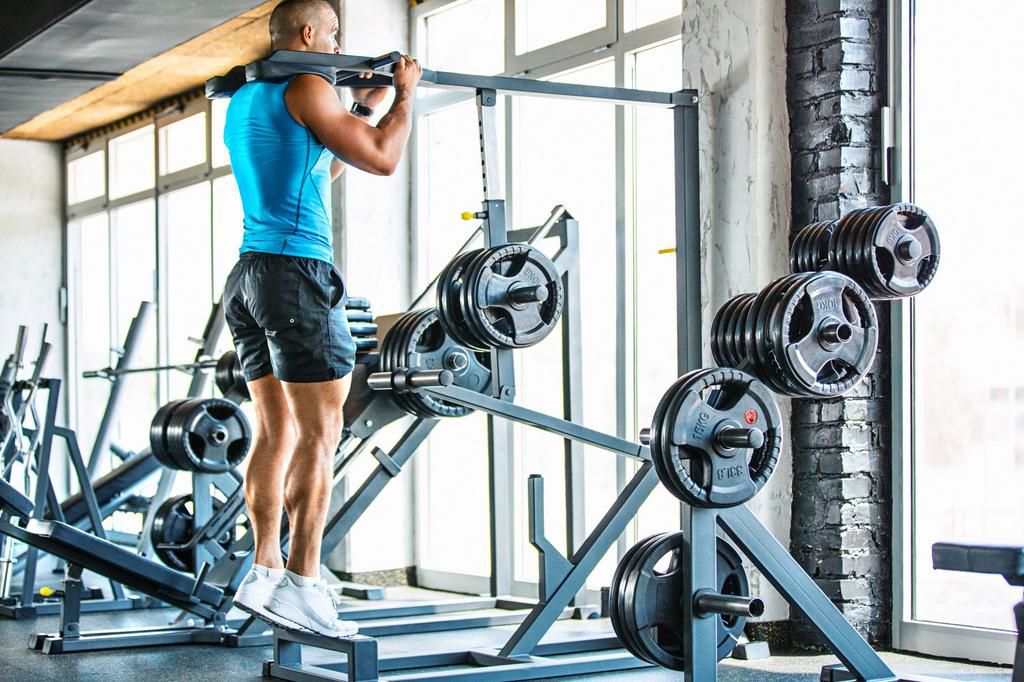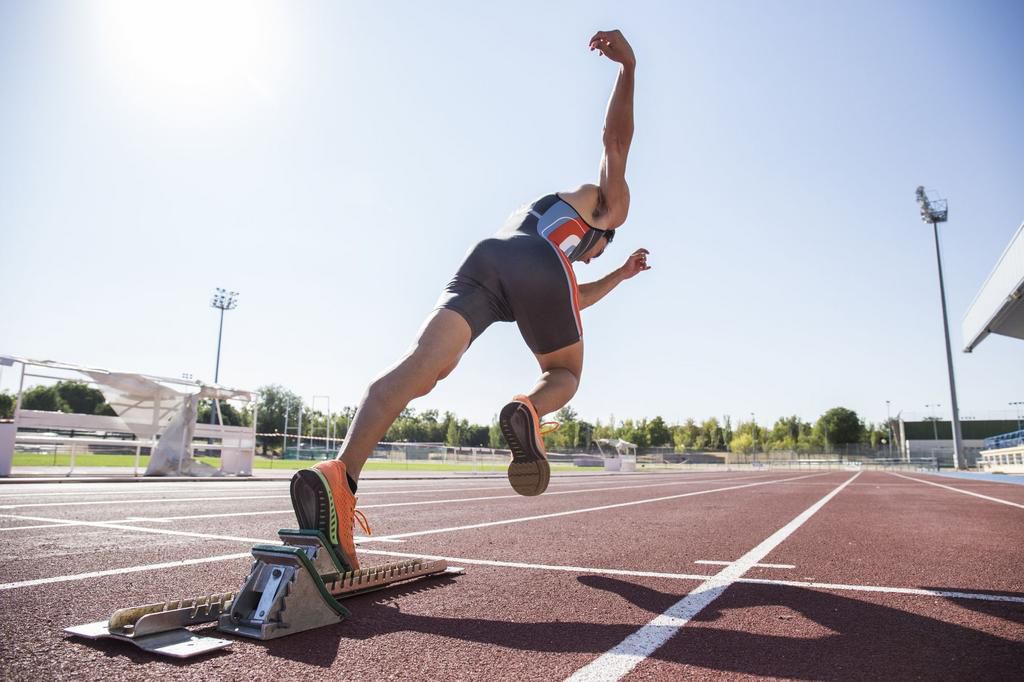Build Massive Calves With These Workouts
)
Dont forget your calves. Theyre easy to forget about in the gym, especially on serious leg days, because squats and other leg lifts will leave you tapped. But your calves are also a visual temperature gauge for how closely youre paying attention to your leg training.
Theyre your lower bodys forearm, and especially when youre in shorts during the summer, theyre hard not to notice. And dont forget how much they influence your performance when you go for a run, play pickup basketball, or hit the flag football field. Theyre key drivers of your sprinting and leaping ability.
Calves also take a lot of time and effort to strengthen and build. Even for me, theyve been a difficult muscle group to build. But there is a way to build stronger calves . Ill break it down for you right now.
Your Anatomy Lesson
To some extent, youre always training your calves when you train legs. When you look at your most popular leg moves (squats, lunges, deadlifts) its important to understand that they work from the ground up. In the same way you need your forearms to grip implements when you train pulling and pressing motions, you need your calves helping to create the base for your lower-body moves, an underrated point.
This means the most with regards to the musculature of the feet and the ankle complex. The ankle is made up of two joints, the talocrural joint and the subtalar joint. The talocrural joint is your upper ankle joint, driving both the flexing and extension of your foot. The subtalar joint lets you shift on the base of your feet toward the center or the outside. Both joints dont just need strength in the surrounding muscles, but mobility, too.
The calf muscles have three main parts. The largest and outermost muscle is the gastrocnemius. When you think of the calves, this is the baseball-sized muscle. There are two heads to the muscle, the lateral head which sits on the outside of the lower leg and the medial head that sits on the inside of the leg. The two heads can both work together. The gastrocnemius oversees the pointing of your toes. Easy rule: When the heel is above the toes, and your muscle is being flexed, thats the gastroc.
The soleus is the other muscle, and it has similar responsibilities, with one key difference. The gastroc attaches above the knee, and the soleus below the knee. So whenever the knee is bent, the soleus is doing the work. When the knee is straight, the gastroc is doing the heavy lifting.
Variety

Because of the mobility of the ankle joint, foot positioning is a big key to how youre training your calves. Small differences in positioning, from inversion to eversion or even just how youre driving through the balls of your feet, will affect how you attack your calves. To build three-dimensional calves, you need a multitude of approaches. Thats why hikers often have well-developed calves: Theyre constantly working the concentric and eccentric contractions of those muscles from variable angles as they clamber over ledges, rocks and steps of different shapes and sizes. Theyre also doing hundreds of reps at a time.
Varying rep schemes are also critical. Think of doing reps between 10 and 25, alternating between volume and strength days.
Dont Forget Plyos
Calf training isnt all muscle moves. Plyometric movements are how athletes set themselves apart in competition. The blend of power comes from muscle, tendon, and ligament, and the muscular action working is all about power. This means, your calves might be the difference in your strength, your power, and your overall athletic ability. It also means the best calf exercises and workouts wont just be mere muscle-building moves.
Your Moves for Better Calves
Pick 2 or 3 of these calf exercises to do 3 or 4 times a week. Do 3 sets of each. Remember: Your calves are used to high-volume work (think of how much they support you when walking all day), so they can be trained at greater frequency.
Standing Calf Raise

The top move when it comes to calf work. Either set up in a Smith machine, with the weight on your shoulders and the balls of your feet on a slightly elevated platform. Tighten your core and glutes and keep your knees straight. Lower your feet until your heels nearly hit the ground, then press back up, trying to point your toes. Thats 1 rep; aim for 10 to 25 reps depending on the day.
Seated Band Pushes
These are great for working through progressive resistance and using resistance band. Sit down with your legs straight out in front of you, one end of a looped resistance band around the balls of your feet, the other gripped in your hands, band taut. Bend at the ankle to press the resistance band away, pause and flex your calves, then return to the start position. Thats 1 rep; aim for 10 to 25 reps depending on the day.
Explosive Calf Step-up
Plyos are a great way to train the calves with respect to the ankle complex, and youll do that here. Set up with one foot on a box or bench. Explosively drive off that foot, jumping upwards off the bench; try to switch feet as you come down. Repeat on the other side. Thats 1 rep; aim for 10 to 25 reps depending on the day.
Static Neutral Hold
Isometrics are a great test for both your calves and your ankle mobility. Stand with the balls of your feet on a block a few inches off the ground, holding onto something for support, but keeping the majority of your weight in the balls of your feet. Straight your ankles as much as possible, flexing your calves. Hold for 30 to 60 seconds. Do 3 to 4 30-to-60-second sets.
Bunny Hop
This ones all about plyometrics and explosion, and its as simple as it sounds. Simply bend your knees and waist ever-so-slightly. Then jump up and down focusing on quick, small hops. Work to land and then take off quickly. Do reps continuously for 30 to 60 seconds. Do 3 to 4 sets.
Jump Rope
Same idea as the bunny hop here: You're moving quickly on your toes and jumping, a practical use of your calves. Aim to jump rope for 30 seconds on, 30 seconds off, for at least five minutes. Bonus: You'll elevate your heart rate, too.
Speed Ladder
The speed ladder is as much about speed and agility as it is your calves. You can work through a variety of speed ladder drills, everything from running through the ladder boxes one at a time with each foot to hopping through them, to more complicated drills like the Ickey shuffle. Do 3 to 4 sets of each.
{% verbatim %}
View this post on Instagram A post shared by Brian Nunez (@coachbriannunez) on Jun 4, 2019 at 8:31am PDT
{% endverbatim %}
Stadium Stairs
Yes, a stair run is one of the best way to train your calves, forcing you to flex and extend your foot constantly and repeatedly. Remember those hikers. Dont skip steps, though, aiming to place a foot on each stair and running on the balls of your feet. Think of doing 20-second sets. Aim for 3 to 4 sets.
Sprints

Much like stair runs, sprints, will hone your calves by forcing you to repeatedly go through a full calf range of motion. Think of running 5 to 6 50 or 100-yard sprints. Aim to be as explosive as possible, and get plenty of rest between sprints.
Hill Runs
Hill runs wont just smoke your calves; theyll crush your hamstrings, glutes, and quads, too. Think of doing 20-second dashes up the hill, then walking or jogging back down; repeat this 5 or 6 times.

)
)
)
)